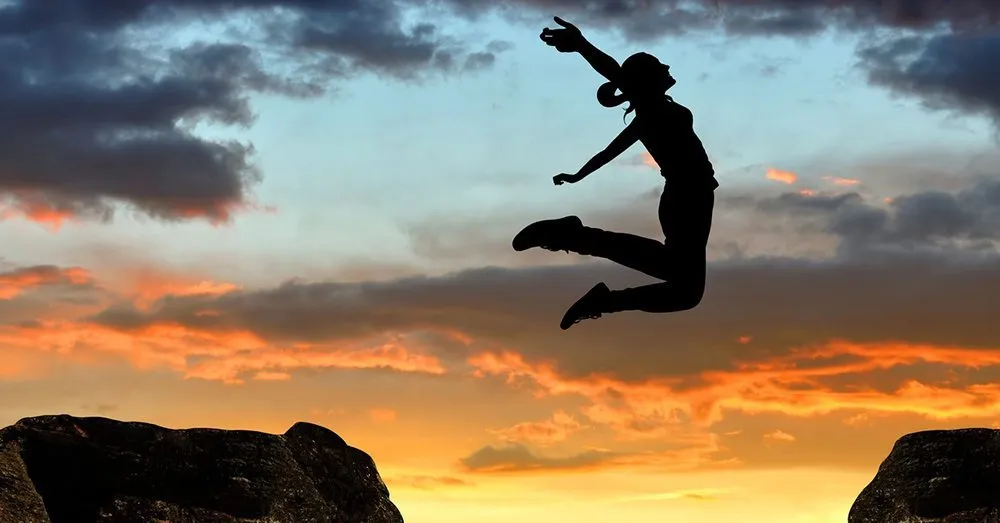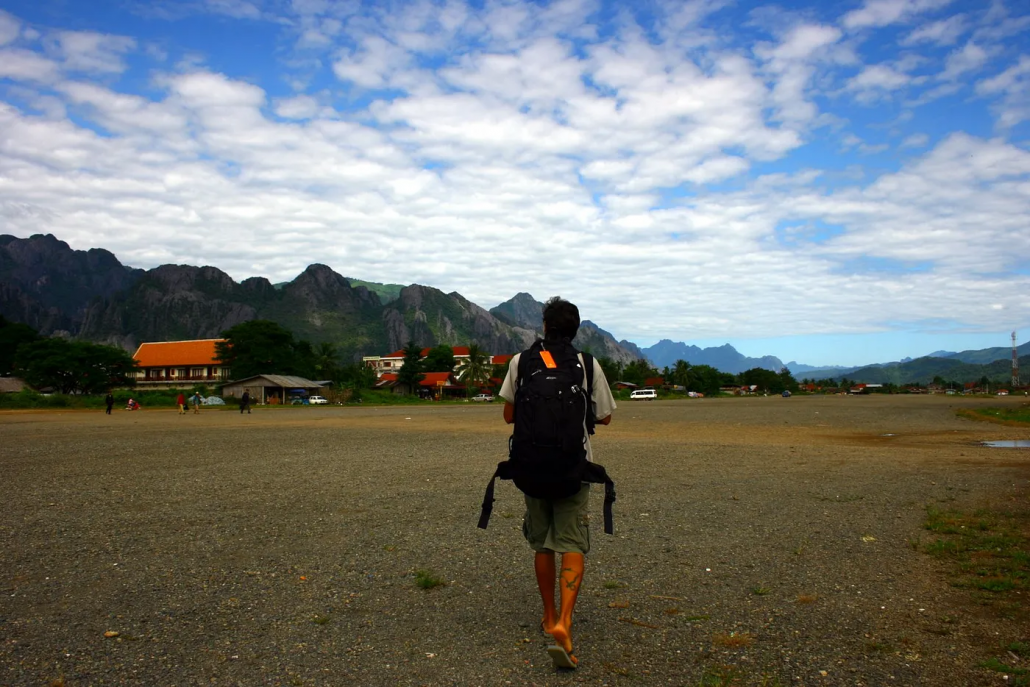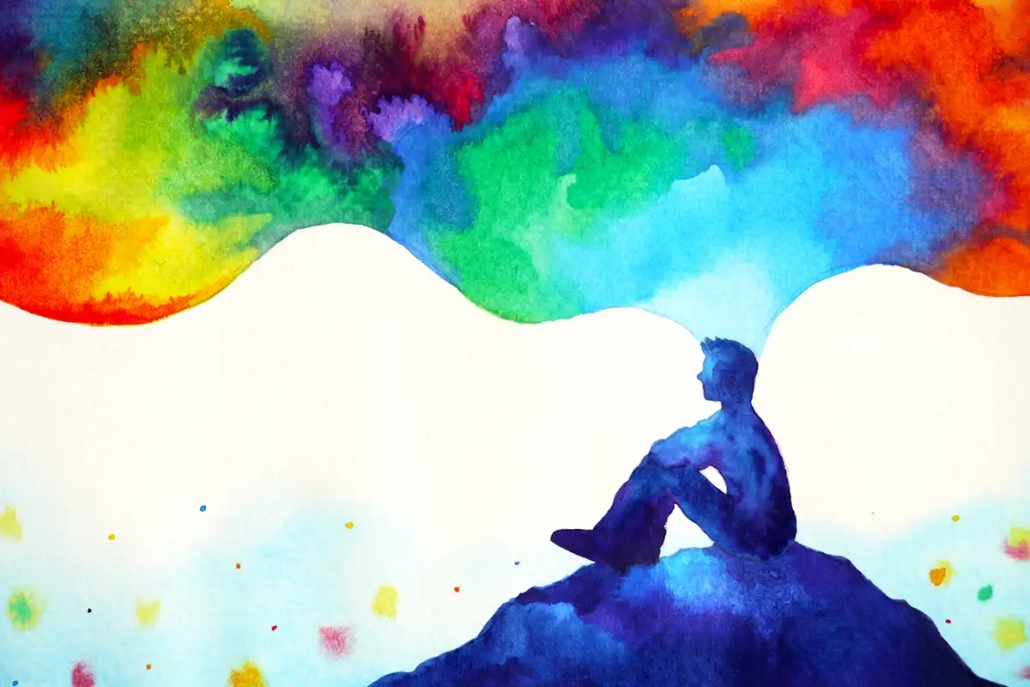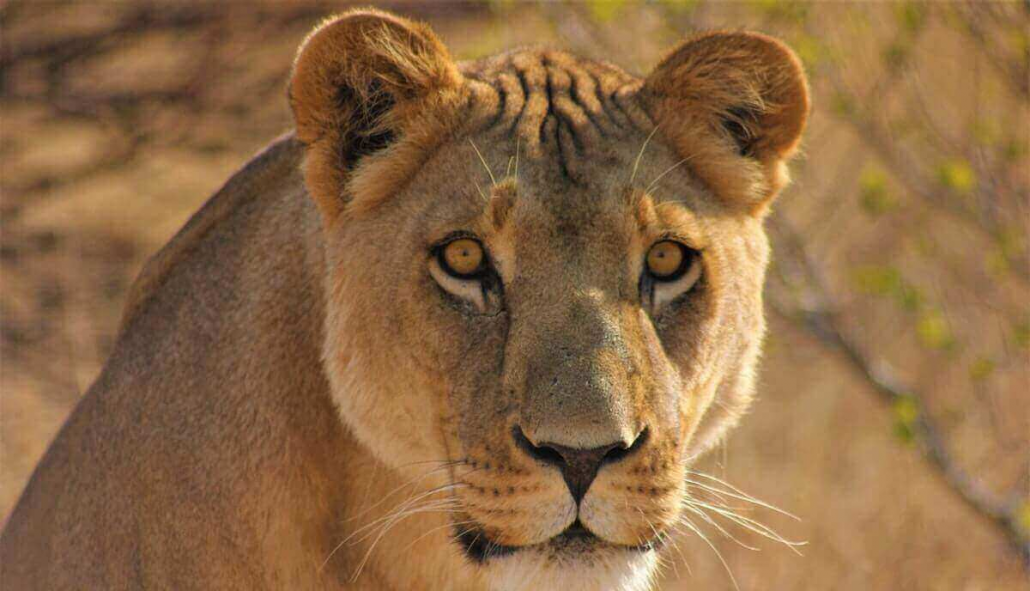Fora da curva
Sucesso sem obsessão é possível? Bem, depende de como você define sucesso — portanto a resposta é que sim, é possível encontrar e viver a sua definição de sucesso sem obsessão. Agora, se estamos falando de atingir resultados fora da curva, que se destacam da maioria, que vão além da média, minha conclusão é que não. Não acredito que seja possível ser notável sem um investimento igualmente acima da média de tempo, foco e energia. Independentemente da área, até hoje não encontrei nenhum outlier que não tenha investido muito para conquistar seus resultados. Quem promete o contrário está mentindo. Não tem fórmula mágica. É uma mistura de suor, lágrimas e … risadas, porque dificilmente alguém consegue ir além da “média” se não estiver se divertindo e ganhando energia com o processo.
Eu sou apaixonado por esportes e por mexer o corpo, e o triatleta alemão Jan Frodeno é um cara que me chama a atenção. Jan foi medalhista de ouro no triatlo masculino nos Jogos Olímpicos de Verão de 2008 em Pequim. Venceu por três vezes o Campeonato Mundial Ironman, em 2015, 2016 e 2019, e duas vezes o Campeonato Mundial Ironman 70.3, em 2015 e 2018. Estabeleceu o recorde mundial para a longa distância em 2016, com o tempo de 7:35:39 horas (a média masculina deste esporte que é por definição brutal é de 13 horas). Em 2021, quebrou seu próprio recorde com um tempo de 07:27:53, estabelecendo um novo melhor mundial para o triatlo de longa distância. Quem vê o cara nas redes sociais parece que é fácil. Será mesmo?
Jan se aposentou do triatlo competitivo há pouco, mas continua vivendo com intensidade. Mergulhei na sua história para entender como a rotina de treinos e nutrição dele se comparava a outros atletas, porque quem olha de fora tem a impressão que sua vida é suave e linear, e às vezes atribuímos resultados extraordinários à sorte ou à genética (que não deixa de ser sorte). Não é o caso de Jan, e acho que não é o caso de ninguém que é foda no que faz. Triatletas profissionais treinam em média 30 horas por semana, Jan chega a treinar 45. Acompanhando um vídeo que mostra sua rotina, o clássico “day in the life”, me impressionou que seu dia começa às 5.30am na piscina, segue para uma corrida de 10Km ao ar livre, 65Km de bike pela estrada, treino de bike e fortalecimento indoor e, para finalizar o dia, treino de tiro de corrida ao anoitecer. Veja o que ele fala: “enquanto meus concorrentes estão sentados na mesa de jantar comendo, o fim do dia é meu horário favorito de treinar. Eu sei que estou me martelando, dando o meu melhor, indo até o limite”. Não é genética, não é sorte; é processo, disciplina, consistência, suor. É obsessão. A versão light desta mensagem, conforme dizemos na Faria Lima, é o clássico “there’s no free lunch“, ou “não existe almoço grátis”.

Para nós, mortais que mesmo que com muita vontade não poderíamos treinar 40 horas por semana porque treino não paga boletos, não é diferente. O desafio é encontrar o que te energiza de verdade para então dedicar as horas, disciplina e foco necessários para construir histórias e resultados excepcionais. Esqueça a narrativa de seguir sua paixão: as paixões mudam com a maturidade e à medida que vivemos e aprendemos, mas nossas fontes de energia tendem a se manter bem mais constantes. A maioria segue o status quo, percorrendo rotas já batidas daquilo que é considerado sucesso pela massa. Ao seguir aquilo que não conversa de verdade com o que lhe gera energia, as pessoas se conformam em navegar na mediocridade e param de questionar e buscar. A realidade é que quando entregar além da média se torna um fardo a conta não fecha; mesmo com insistência, não será um caminho sustentável. É a fonte do burnout e outras mazelas. Para a conta fechar, é preciso que o suor, e as vezes até as lágrimas, seja um combustível interno que deixa o motor mais forte e melhor. É preciso amar o processo — ou a jornada, como eu gosto de chamar.
E o equilíbrio entre vida pessoal e profissional? Acho difícil ter uma vida consistentemente equilibrada. Às vezes o pêndulo pesa para o profissional, especialmente em momentos de grandes entregas e quando abraçamos projetos novos; em outros momentos, é necessário que dediquemos mais tempo ao pessoal. Nunca é 50:50. Obsessão e grandes entregas estão também relacionadas a foco, e não somente a horas investidas. Saber dizer não, eliminar os ruídos, cortar aquilo que não conversa com a história que está sendo escrita é prerrogativa para uma vida rica, com entregas profissionais fora da curva e a construção de uma família. Por isso é importante saber: que história está sendo criada? Em business, chamamos isso de estratégia, mas a pergunta é relevante a tudo e a todos.
Que história você está construindo?
Alex
É tão simples: gaste menos do que você ganha. Invista com inteligência. Evite pessoas tóxicas e atividades tóxicas. Tente continuar aprendendo durante toda a sua vida. E pratique muita gratificação adiada. Se você fizer todas essas coisas, é quase certo que terá sucesso. E se não fizer, você vai precisar de muita sorte. E você não quer precisar de muita sorte. Você quer entrar em um jogo onde é muito provável que você ganhe sem precisar de sorte incomum.
Charlie Munger







